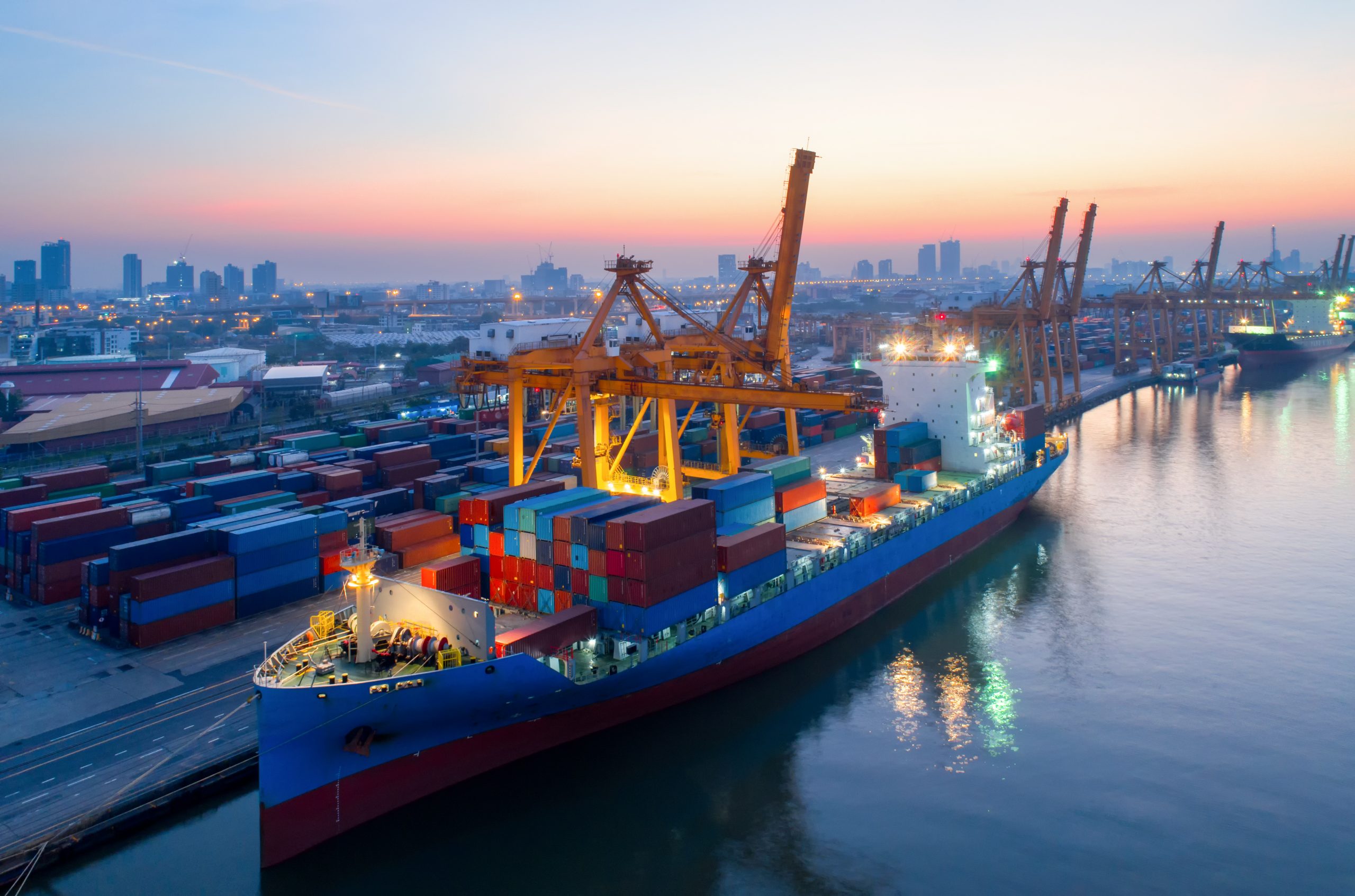

Southern California port congestion starting to ease
For the first time in around three months.


For the first time in around three months.
The severe backlog of ships waiting to dock at Southern California ports has begun to show signs of easing over recent days, for the first time in around three months.
As of Tuesday there were 78 vessels queueing to enter the ports of Los Angeles and Long Beach, which is still high but down from the historic peak of 109 vessels that was registered in January, according to the Maritime Exchange of Southern California.
The number of vessels waiting throughout January 2022 was continually over 100.
Port officials reportedly say it is unclear whether the decline, which has accelerated over the past week following a surge shortly before and after the December holidays, is the beginning of a trend or a temporary respite because of factory slowdowns in Asia for the Chinese New Year holiday that began on Feb. 1.
Another big milestone was that on Feb. 4, the total number of ships loitering within 25 miles of the twin ports also reached zero, down from 62 when the new queuing system for labour started on Nov. 16 2021, administered by Pacific Maritime Management Services (PacMMS).
Port of Los Angeles Executive Director Gene Seroka told Bloomberg on Wednesday that U.S. supply chains have a chance to normalize after retailers replenish inventories next quarter, even if peak summer demand arrives sooner than usual.
“Most retailers continue to tell me they’ll use quarter two to replenish inventory, get that safety stock at a more comfortable level,” Seroka said on Bloomberg Television on Wednesday. “Then we’ll have a chance if we hit these two marks properly to pivot into an earlier-than-normal peak season in early June or July.”
Seroka said he agrees with the chief executive of a major container line, A.P. Moller-Maersk A/S’s Soren Skou, who told Bloomberg TV in a separate interview, that ocean shipping should start returning to normal in the second half. Maersk, which handles almost one-fifth of the world’s container traffic, sees a 2%-4% expansion in the market this year, with a strong first half followed by an uncertain outlook after that.
In his interview, Seroka also predicted upcoming labor negotiations between dockworkers, taking place between the International Longshore and Warehouse Union representing them, and the Pacific Maritime Association, representing port operators and shipping lines, would go smoothly and not cause disruption.
“I’m optimistic you’ve got professionals on both sides of the table. These dockworkers need to get paid what they’re worth,” he said. “I think everyone understands what’s at stake here.”
Suscríbete y recibe en tu correo información fresca del mercado logístico